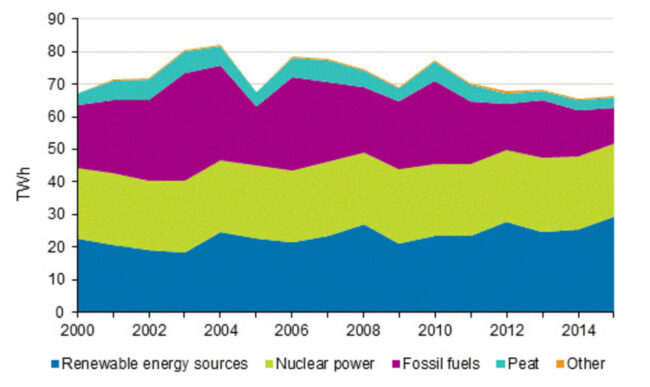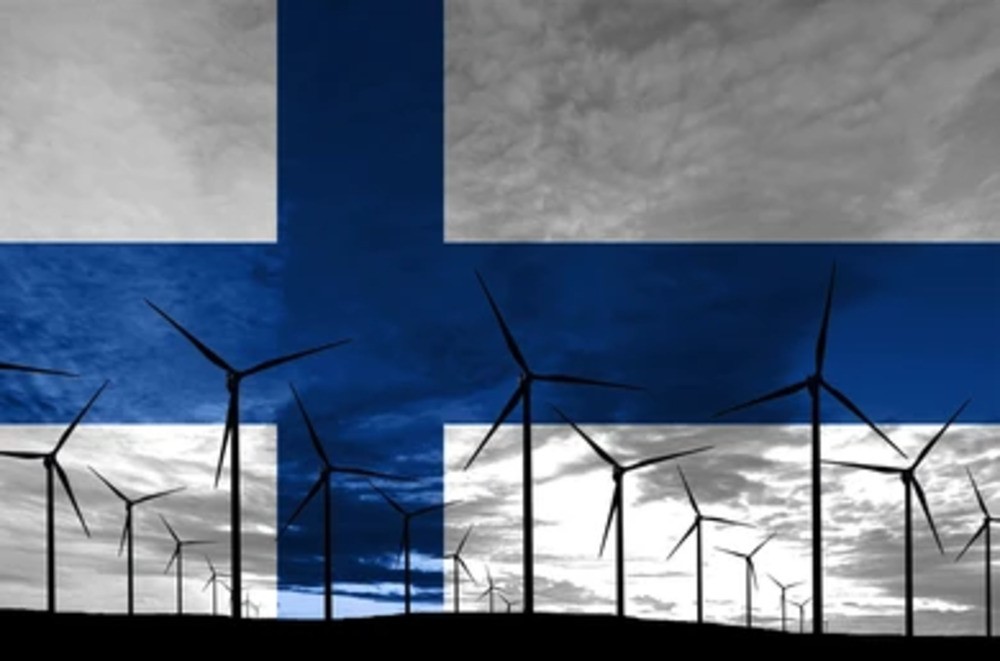Finland is at the forefront of the transition to renewable energy sources. The country has set ambitious goals to reduce its dependence on fossil fuels and is making significant progress toward achieving them. The Finnish government has implemented a range of policies to address climate change and reduce the country’s greenhouse gas emissions. One of the key measures is the country’s goal of becoming carbon neutral by 2035.
To achieve this goal, the government has set targets for increasing the share of renewable energy in the country’s energy mix, including the use of hydro, bio, wind, and solar power.
Additionally, the government is working to improve energy efficiency in buildings and industry and to promote sustainable transportation options, such as electric vehicles. The Finnish government is also actively participating in international climate agreements such as the Paris Agreement, it has committed to reducing greenhouse gas emissions by 80% by 2050, and it has also introduced carbon pricing mechanisms such as carbon tax.
Using renewables for being carbon neutral
One of the key ways that Finland is using renewables is through the use of hydropower. The country has a long history of harnessing the power of water, and today it is the leading producer of hydropower in the European Union. The country has over 3,000 hydroelectric power stations, and hydropower accounts for over 30% of Finland’s total electricity production. Additionally, the country is also investing in new technologies and projects to increase the efficiency of hydropower plants and to develop new sources of hydropower.

Bio-energy use in Finland
Another important way that Finland is using renewables is through the use of bio-energy. The country has vast forests that can be sustainably harvested for fuel, and it is a major producer of wood-based bio-energy. In fact, wood-based bio-energy accounts for over 20% of Finland’s total energy consumption. Additionally, the country is also investing in other forms of bio-energy, such as biofuels and biogas, to further reduce its dependence on fossil fuels.
Wind power becomes increasingly important
Wind power is also becoming increasingly important in Finland’s energy mix. The country has a strong wind resource, particularly along its coastlines, and it is investing in the development of new wind power projects. As of now, wind power accounts for around 5% of the country’s electricity generation.
In addition to these renewable energy sources, Finland is also investing in other clean energy technologies, such as solar power and geothermal energy. The country has a relatively small solar power sector, but it is making efforts to increase the amount of solar power generated in the country. Geothermal energy is also being developed, but it still represents a small share of the country’s energy mix.
Solve transportation, you solved the problem of being carbon neutral
Finland is also actively working to increase the share of renewable energy in transportation. The country has set a goal to have at least 50% of all new cars sold in the country be electric vehicles by 2030. To support this goal, the country has implemented a range of policies, such as financial incentives for the purchase of electric vehicles, and is investing in the development of charging infrastructure.
In addition to these efforts to increase the use of renewable energy, Finland is also taking steps to improve energy efficiency. The country has implemented a number of policies to encourage energy efficiencies in buildings and industry, such as building codes and energy labeling.
Finland is making great strides in its transition to renewable energy. The country is leveraging its natural resources and investing in new technologies to increase the share of renewables in its energy mix. By continuing to make these efforts, Finland is well on its way to achieving its goal of becoming carbon neutral by 2035.

